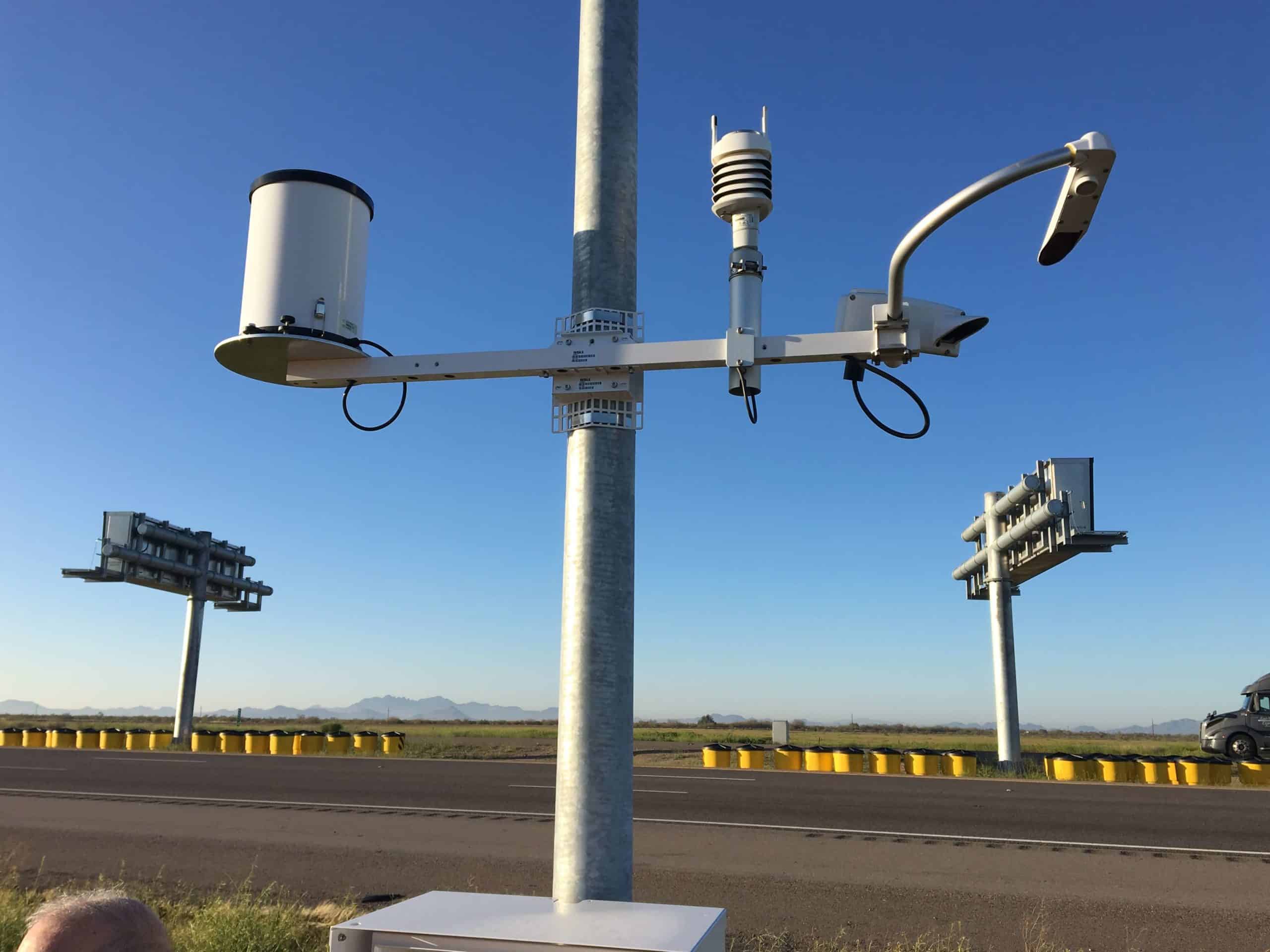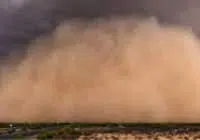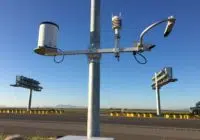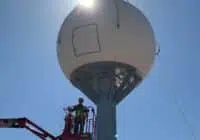Innovative ITS Technology is Saving Lives in Arizona
Many areas of the I-10 are flanked by barren dirt fields and abandoned farmland that is no longer cultivated. As seasonal thunderstorms develop nearby, a dangerous combination begins to brew as fields of loose dirt are picked up by the wind, creating massive walls of dust and drastically reducing visibility for motorists in a matter of minutes.
In 2016, the Arizona Department of Transportation (ADOT) applied for a Fostering Advancements in Shipping and Transportation for the Long-Term Achievement of National Efficiencies (FASTLANE) grant and received federal funding for multiple projects addressing transportation issues on I-10 between Phoenix and Tucson. ADOT recognized the opportunity to implement vital Intelligent Transportation Systems (ITS) enhancements with its planned I-10 reconstruction at the SR 87 interchange.
Recognizing the important role that ITS could play in improving safety along this corridor, ADOT selected Kimley-Horn to design an innovative dust detection system to rapidly and automatically detect worsening driving conditions due to blowing dust and reduced visibility. The dust detection system warns oncoming drivers of the dangerous conditions and automatically prompts drivers to bring vehicle speeds down in a gradual, safe manner until conditions improve. While Traffic Operations Center (TOC) staff have the capability to manually lower speed limits in the corridor, the system is designed to reduce speed limits independently without human intervention.
The unique dust detection system Kimley-Horn designed comprises X-band radar, 13 visibility sensors, 32 variable speed limit (VSL) signs, five closed-circuit television (CCTV) cameras, six dynamic message signs (DMS), six traffic detection systems, and two speed feedback signs within the 10-mile corridor.
The National Weather Service (NWS) monitors weather conditions using the installed X-band radar equipment and distributes weather data to the system in real time. The NWS previously considered this area between Phoenix and Tucson a “dark spot” in their radar coverage, an area where they could not see and forecast weather accurately. The new radar equipment installed for the dust detection system enhances their radar operations for this part of the state. Meanwhile, visibility sensors, commonly referred to as spot sensors, detect dust particles in the air, while additional sensors measure rainfall and detect wind speed to continuously feed the automated system with accurate data. All the while, traffic detectors measure the speed of motorists and CCTVs help TOC staff monitor and verify conditions remotely.
When the radar and sensors detect a blowing dust event is imminent, speed reduction zones at the entrance of the corridor and regularly spaced VSL signs are activated to gradually reduce the posted speed limit for motorists. The speed limit progressively decreases in 10 mile per hour (mph) increments from 75 mph down to a minimum speed of 35 mph until conditions improve. Meanwhile, DMS signs installed in the median or shoulder warn drivers all along the I-10 corridor from Phoenix to Tucson of approaching storm conditions and provide supplemental direction for motorists to slow down.
The dust detection system is in place and fully functional on I-10. ADOT is actively collecting data to determine the effects of this system on speed reduction. This trailblazing technology has the potential to save lives for years to come for this heavily traveled freeway and national freight corridor, but the possible applications of this technology go far beyond detecting dust storms in Arizona. Similar applications of this technology are also being used to warn motorists of extremely windy, blizzard, icy, foggy, or even smoky conditions in varying climates throughout the country. ITS solutions like the ADOT dust detection system are making a real difference, improving traffic operations, and most importantly, saving lives.
Project Recognition
The ADOT dust detection system has gained recognition from multiple sources since its deployment, including ADOT being named a Weather Ready Nation Ambassador of Excellence by the NWS for its efforts to improve driver safety. ADOT was also recognized by the American Association of State Highway and Transportation Officials (AASHTO), U.S. Chamber of Commerce, and AAA with a first-place win in the 2020 America’s Transportation Awards competition. The awards program selected the ADOT dust detection system as a winner in the Operations Excellence-Medium Project category this Fall, and the project will now be considered for the next phase of the nationwide competition.
Notable Media Mentions
Awards




